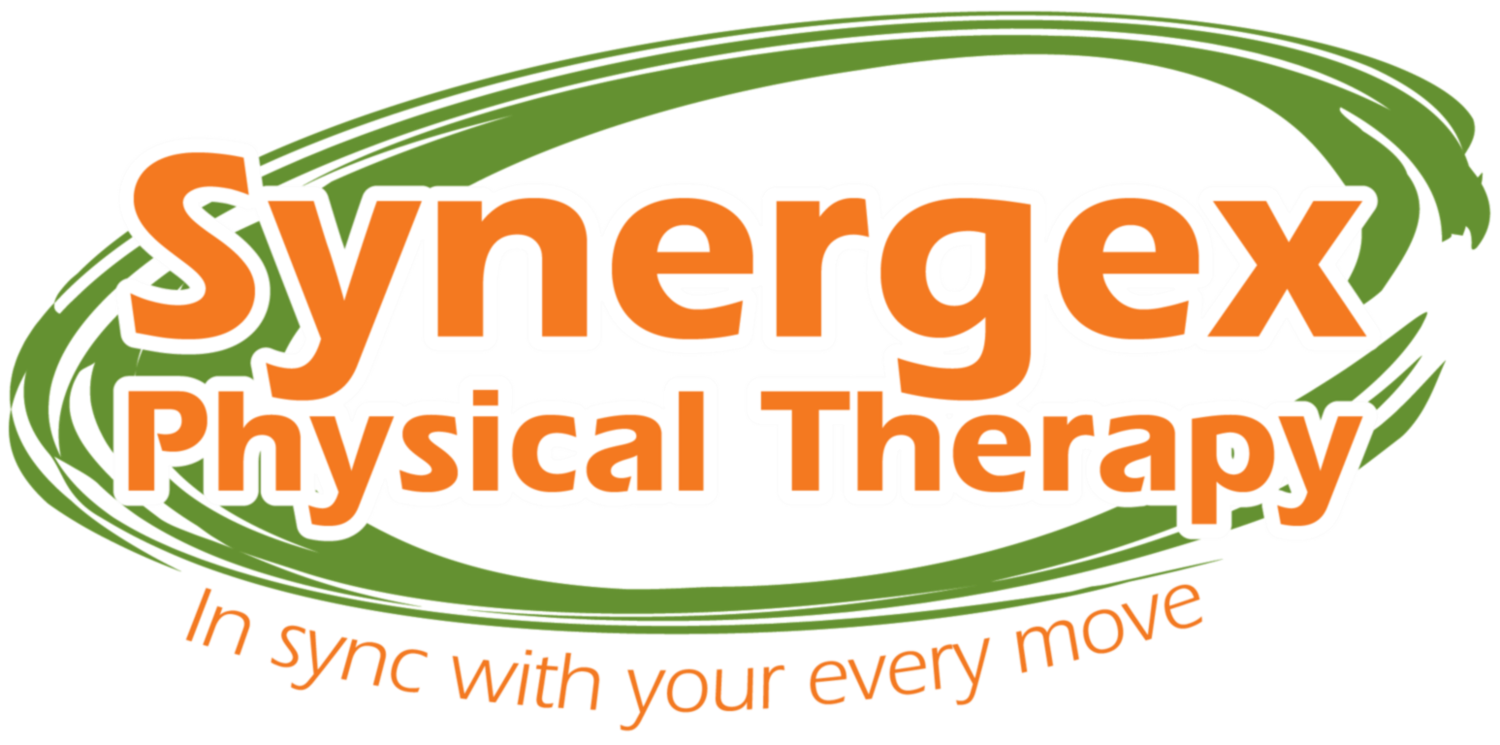Post Operative Rehabilitation
Physical therapy is a vital part of recovery after surgery.
We help you gradually gain functional mobility without disturbing the essential part of your healing process.
Although Physical Therapy can be a very cost-effective alternative to superfluous imaging and invasive procedures, certain conditions require specific testing and surgical intervention. Physical therapy is a vital part of recovery after surgery. It will be a staged rehab process with emphasis on gradually gaining your mobility without disturbing the essential part of healing process in the first 2-4 weeks progressing to loading the soft tissues and bones to make them stronger and ready to take the stresses of everyday life. Depending on the surgery and the procedure the rehabilitation process can be 12 weeks to 12 months long.
General outline of post-operative rehabilitation
The rehab progression is always carried out after conferring with your surgeon.
Rest, Ice (3-4 times a day), Elevation, Ankle pumps and Deep breathing (a few repetitions every hour)
Begin gradual mobility exercises under the supervision of your physical therapist, just to the point of pain. You will also be manually mobilized by your therapist. Overaggressive stretching in this time frame can disrupt the healing process. Following your home program diligently is very important. You will also learn how to use your brace and mobility device correctly.
Begin active gradual strength training under the supervision of your physical therapist. Gradual return to activities of daily living. Continue to improve the extensibility and mobility of joint and soft tissue as the collagen/scar tends to shrink for upto 6 months after the surgery. Loading the joint and soft tissue gradually but adequately is critical to get them back to healthy state and prevent re-injury. Also begin balance, stability and proprioception training.
Training starts in sports specific drills or activities that require explosive strength and power, while continuing with progressive strength training and ensuring full mobility of the area.
Some factors that can delay this process:
- Presence of blood clot or hematoma
- Metabolic conditions like Diabetes
- Lack of initial protection and swelling reduction
- Lack of early mobilization
- Systemic or local steroid medication
- Poor blood supply (tendon injuries and ligament injuries)
- Over abundant deposition of collagen- keloid scar formation
- Lack of proper information, fear avoidance behavior, anxiety, depression, dependence on opiods
- Doing too much or too little during the above- mentioned stages of rehabilitation
“Following a meniscus surgery on my left knee, I went to Synergex PT for treatment. I received personal attention and after a few well regimented therapy sessions, I was able to get back to my routine. Gauri is thoroughly professional, caring and extremely well informed about the latest protocols and best practices. Her advice and practical tips on daily management helps me to maintain my fitness.She and her able assistant Diana really care for the patients. I would recommend this EXCELLENT facility for all your physical therapy needs.”
“I had an excellent experience in Synergtex PT following my knee surgery ( ACL reconstruction). Gauri is an excellent clinician , went above and beyond to help me to get back to life. She was extremely professional and in the same note very caring and patient.Diana her assistant was also very professional and with good clinical judgement. Her staff was very friendly and accommodating with scheduling.Overall I had a great experience with Synergex PT and would recommend them to my friends and family.”
Send us your details and we will get in touch with you.







